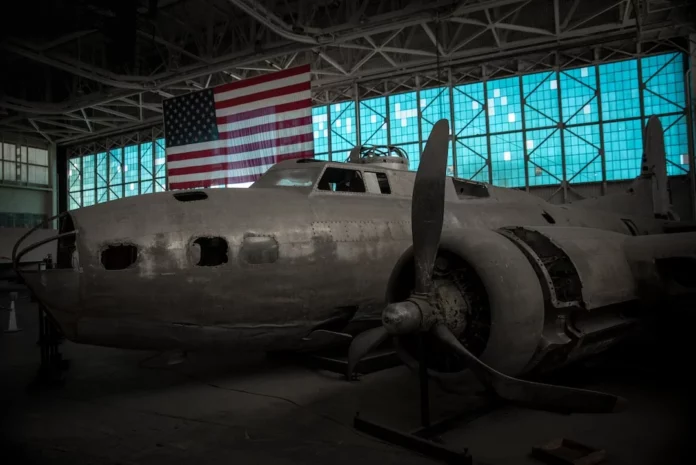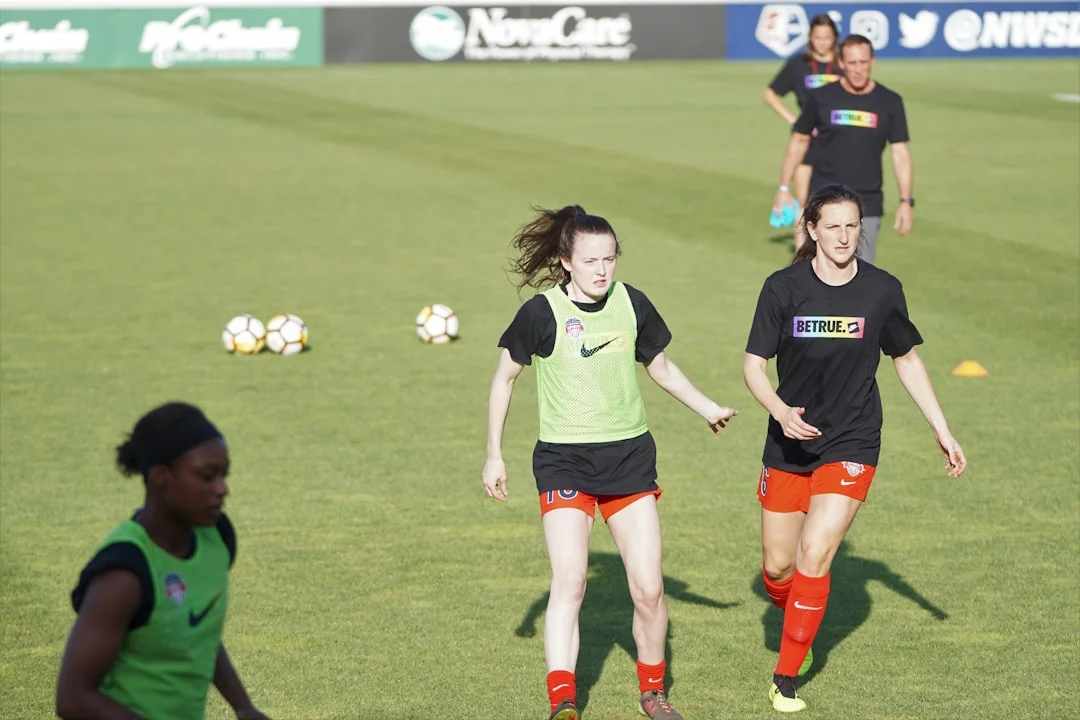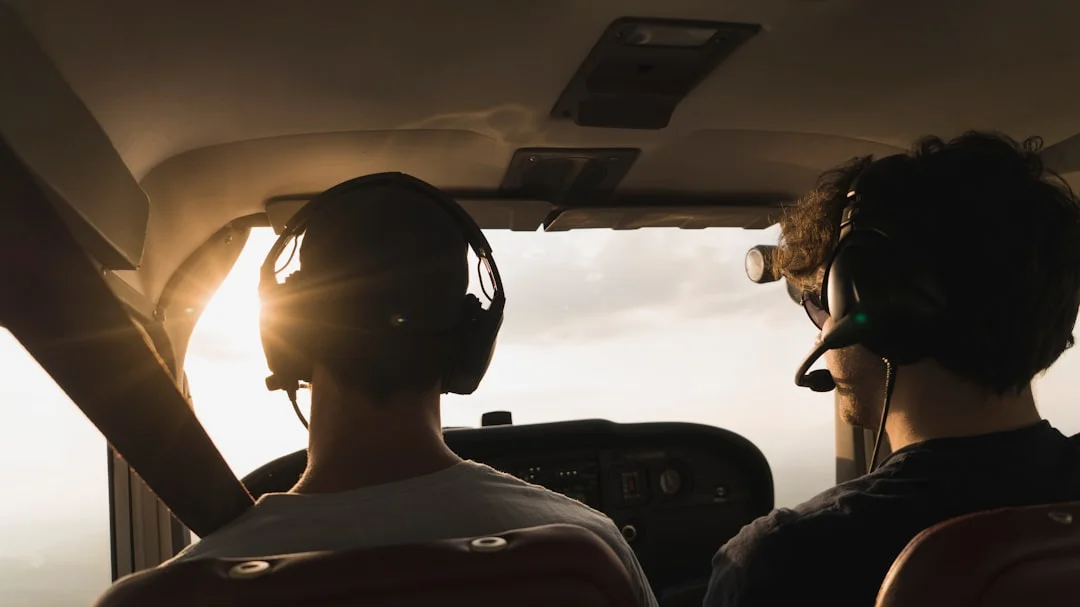General Practices and Procedures in Aviation (GPP) refer to the standardized rules and guidelines that govern the operations and activities in the aviation industry. These practices and procedures are designed to ensure the safety and efficiency of aviation operations, from the moment an aircraft takes off to the time it lands. GPP covers various aspects of aviation, including flight operations, communications, maintenance, and safety protocols.
The Importance of General Practices and Procedures
GPP plays a vital role in maintaining safety and consistency within the aviation industry. By adhering to standardized practices and procedures, aviation professionals can ensure that all operations are conducted in a systematic and reliable manner. This is essential for guaranteeing the safety of passengers, crew members, and the aircraft itself.
Adopting general practices and procedures also promotes efficiency in aviation operations. By following standardized protocols, airlines can streamline processes, reduce errors, and minimize operational disruptions. This leads to improved productivity, cost savings, and enhanced customer satisfaction.
Additionally, GPP helps maintain regulatory compliance. Aviation authorities, such as the International Civil Aviation Organization (ICAO) and the Federal Aviation Administration (FAA), establish and enforce these practices and procedures to ensure that aviation activities are carried out in accordance with international safety standards and legal requirements.
Key General Practices and Procedures in Aviation
1. Standard Operating Procedures (SOPs)
Standard Operating Procedures (SOPs) are step-by-step instructions that outline the prescribed methods for performing various aviation tasks. SOPs cover a wide range of operations, including pre-flight checks, communication protocols, emergency procedures, and aircraft handling. These procedures ensure that tasks are executed consistently and accurately, minimizing the risk of errors and ensuring safety.
2. Maintenance Procedures
Maintenance procedures are essential for ensuring the airworthiness of aircraft. These procedures encompass regular inspections, component replacements, system checks, and repairs. Compliance with maintenance procedures ensures that any aircraft defects or malfunctions are promptly identified and rectified, reducing the risk of operational disruptions and ensuring the safety of passengers and crew members.
3. Communication Protocols
Effective communication is crucial in aviation to ensure coordinated and accurate information exchange. Communication protocols define the procedures and practices for communicating between pilots, air traffic controllers, ground personnel, and other aviation stakeholders. Clear and standardized communication protocols are vital for preventing misunderstandings and ensuring critical information is conveyed promptly and accurately.
4. Emergency Procedures
Emergency procedures are designed to handle unexpected situations and crises that may occur during aviation operations. These procedures cover a range of scenarios, such as engine failures, fire emergencies, medical incidents, and security threats. Complying with emergency procedures ensures that aviation professionals can respond promptly and effectively to mitigate risks and safeguard the lives of passengers and crew members.
Conclusion
General Practices and Procedures (GPP) are the backbone of the aviation industry. By adhering to standardized rules and guidelines, aviation professionals can ensure the safety, efficiency, and regulatory compliance of aviation operations. From SOPs to maintenance procedures and communication protocols, GPP covers a wide range of aspects that contribute to the smooth functioning of the aviation industry.
By understanding and following these practices and procedures, aviation professionals can enhance safety, streamline operations, and provide excellent service to passengers. GPP continues to evolve and adapt, incorporating technological advancements and industry best practices to meet the ever-changing demands of the aviation industry.
For more information on aviation practices and procedures, you can visit the Federal Aviation Administration (FAA) website.




